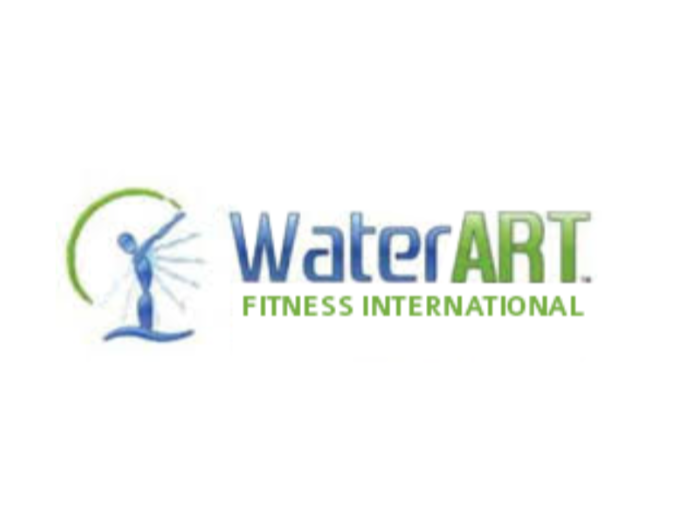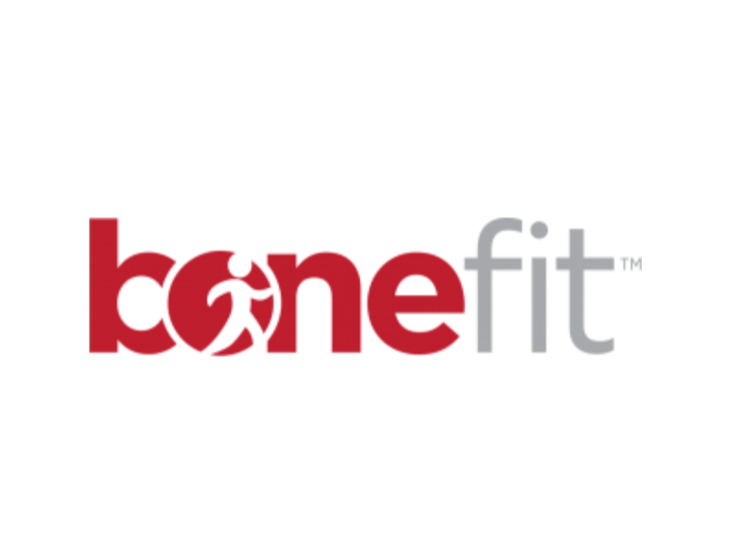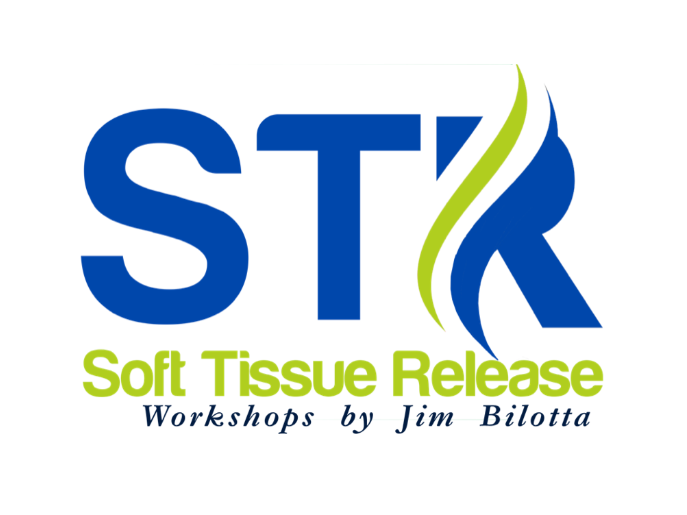What is Osteoporosis and What Are the Exercise Guidelines?
Osteoporosis is a disease characterized by low bone mass and deterioration of bone tissue, which can lead to increased risk of fracture. Known as the 'silent thief', bone deterioration can occur over a number of years without any symptoms. Unfortunately, by the time affected bones break or fracture, the disease is already fairly advanced and less treatable.
The most common fractures associated with osteoporosis are in the hip, spine, wrist, and shoulder.
Today, no single cause for osteoporosis has been identified.

Exercise is an important step towards protecting your bones, as it helps protect your spine, slows the rate of bone loss, and builds muscle strength, which can prevent falls.
Exercise is recommended for all people with osteoporosis, even people who have had a spine or hip fracture. As a Bone FitTM Trained, Registered Kinesiologist, I can help design an exercise regime for you that best suits your lifestyle and bone health by incorporating the following four expert recommend types of exercise:
- 1. Resistance Training – especially targeting core and back muscles
Frequency: At least 2 days/week
Exercises for legs, arms, chest, shoulders, back
Use body weight against gravity, bands, or weights.
8 - 12 repetitions per exercise
- 2. Balance and functional training exercises
Frequency: Every day
Balance: Tai Chi, dancing, walking on your toes or heels
Have a sturdy chair, counter, or wall nearby, and try (from easier to harder): shift weight from heels to toes while standing; stand heel to toe; stand on one foot; walk on a pretend line.
Functional training - exercises improve ability to perform everyday tasks like stair climbing.
- 3. Posture Awareness
Frequency: Every day
Gently tuck your chin in and draw your chest up slightly
Imagine your collarbones are wings - spread your wings slightly without pulling your shoulders back
- 4. Aerobic Physical Activity
Frequency: At least 150 mins/week
Bouts of 10 mins or more, moderate to vigorous intensity – level of impact will depend on risk factors.
You should feel like your heart is beating faster and you are breathing harder.
You might be able to talk while doing it, but not sing.
- 5. Spine cautions
Activities that involve rapid, repetitive, sustained, weighted or end range-of-motion twisting or flexion (bending forward) of the spine may need to be modified, especially in people at high risk of fracture.
Take a moment to watch the following video to find out how I can help you live better with Osteoporosis.
Cited from Clinical practice guideline for management
of osteoporosis and fracture prevention
in Canada: 2023 update
Canadian Medical Association Journal (CMAJ).









